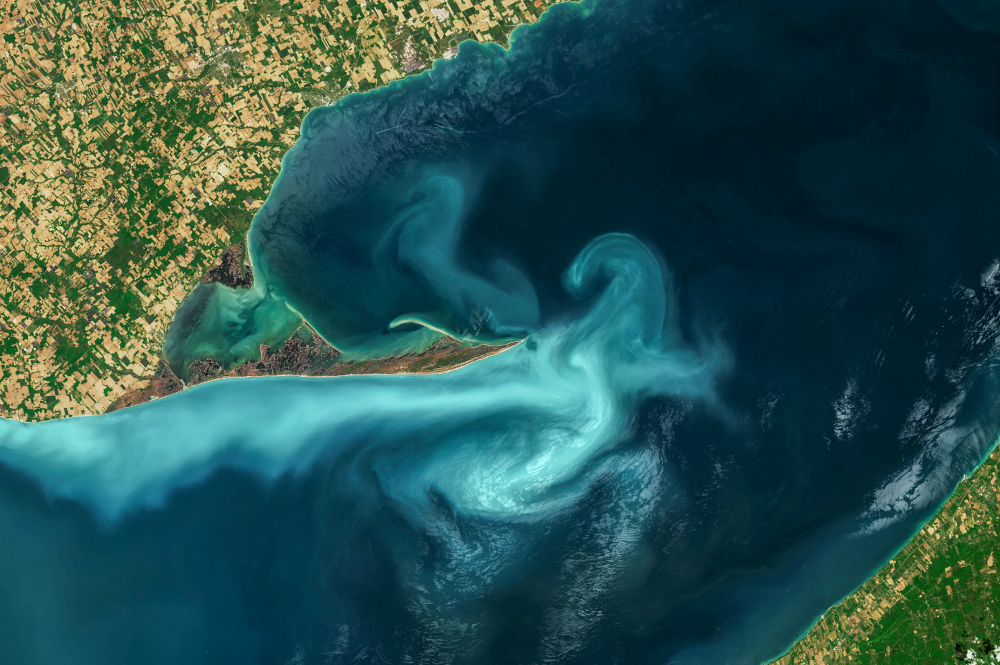Will Winters Get Colder? The Gulf Stream Could Cause Temperature Drops

In 2023, a scientific study said the Gulf Stream could collapse in 2025, bringing with it monumental climate impacts. However, other scientists and the Met Office disagree, but still warn that the Gulf Stream is changing in strength.
The Gulf Stream
The Gulf Stream is like a conveyor belt, starting in the Caribbean at the Gulf of Mexico (where it gets its name from), flowing out into the Atlantic through the Florida Straits, bringing warm water from the south up north, to cool and sink in the North Atlantic. It effectively mixes global oceans and distributes heat and energy.
The Gulf Stream determines Western Europe’s weather and influences temperatures, typically making UK winters milder than areas on a similar latitude.
Climate Change
Research shows that the Gulf Stream has warmed faster than any other ocean area on Earth, and additionally is moving towards the coast. As the atmosphere warms due to greenhouse gas emissions, the ocean is absorbing this excess heat, and has warmed by 1°C over the past 20 years. When the temperature of the Gulf Stream increases, the water becomes lighter than that below, and if it isn’t dense enough to sink, the Gulf Stream can start to shut down. The Gulf Stream is part of the Atlantic Meridional Overturning Circulation (AMOC).
AMOC
There are several currents within the oceans around the world. Tidal currents are those close to shore, determined by the sun and moon, and surface currents that are influenced by the wind. By contrast, slower currents are those from sea surface to seafloor, driven by the ocean temperature and water saltiness.
Atlantic Meridional Overturning Circulation is a set of currents that bring warm water north towards the pole, where it cools and sinks. AMOC circulates water from north to south and back within the Atlantic Ocean, carrying heat from the tropics to higher latitudes, thus influencing weather patterns and storms.
However, fresh water is pouring into the AMOC from melting ice caps. As the ‘conveyor belt’ of currents, it is essential for carrying nutrients through the water which helps ocean life, meaning shifts in AMOC could impact both the climate and wildlife.
Gulf Stream Collapse
Using 4,000 autonomous floats that drift along ocean currents, scientists last year produced research that suggests the Gulf Stream could collapse as soon as 2025. However, many are questioning these studies, stating there is not enough evidence that this would happen. Additionally, wind patterns and the earth’s rotations, both of which impact the Gulf Stream, are continual.
Potential Impact
However, the Gulf Stream has been weakening for the last 20 years, since 2004, with estimates that it could collapse between 2025 and 2095, if greenhouse gas emissions continue to rise at their current levels. Therefore, it is worth noting how a collapse or significant change in the Gulf Stream would impact the climate.
Firstly, as the earth warms and ice melts, sea levels would increase, meaning floods would be common, impacting natural habitats and communities. The Gulf Stream is also responsible for managing temperatures, meaning a collapse could disrupt rainfall, causing droughts and creating damaging implications for agriculture.
If the Gulf Stream did collapse, it could lead to lower temperatures in the UK too. Temperatures in Europe would fall by 10-15°C, with the UK specifically seeing a 5°C drop in temperature.
Outlook
The last time that the AMOC stopped and restarted was in the Ice Age – so it’s scary to think that this might be what awaits us, if things don’t change soon. Reducing emissions and greenhouse gases would give us more time to keep temperatures where they are, helping to decrease the prospect of a weakened, or destroyed, Gulf Stream.


